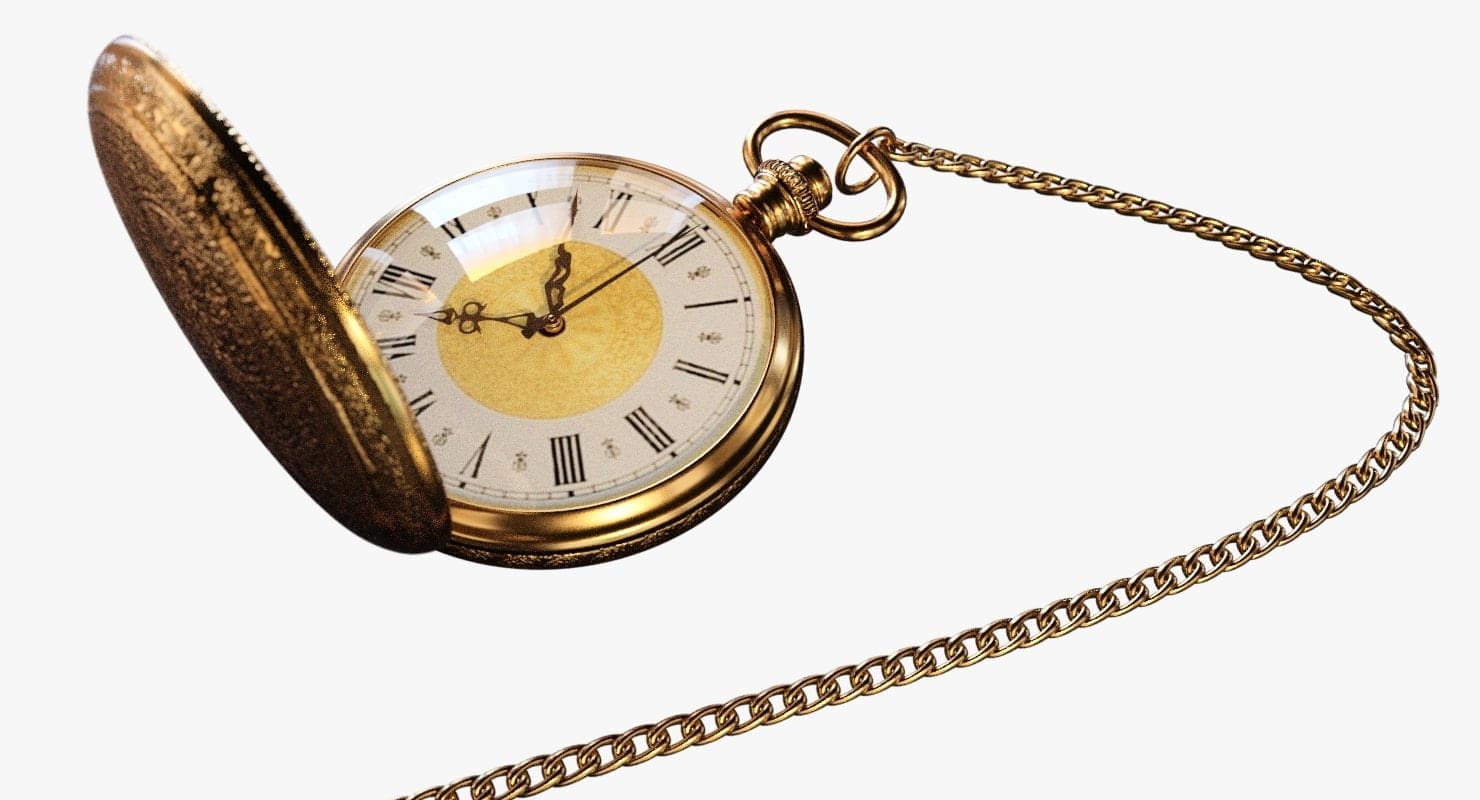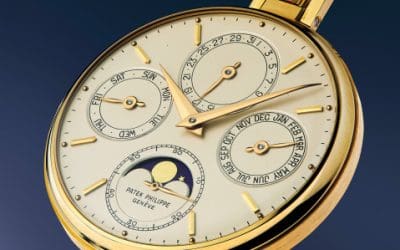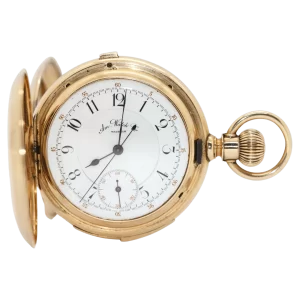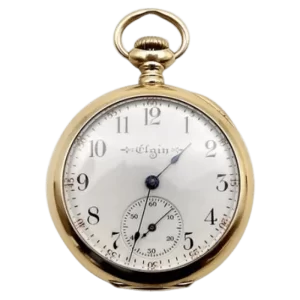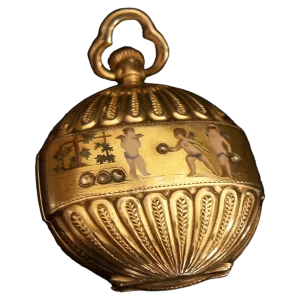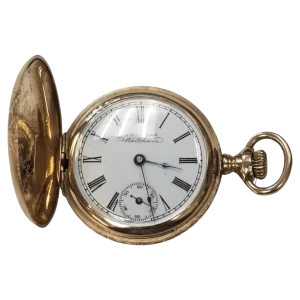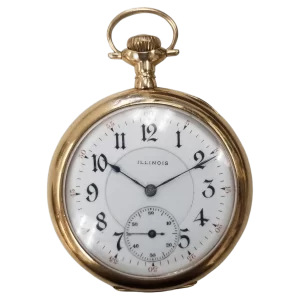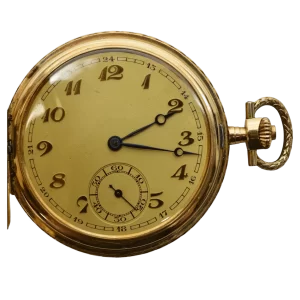Understanding the distinction between the grade and model of a watch is crucial for both collectors and enthusiasts. While the model of a watch refers to its overall design, including the movement, case, and dial configuration, the grade typically denotes the quality and finishing of the movement itself. This article delves into the nuances that separate these two terms, shedding light on how they influence a watch’s value, functionality, and appeal. By exploring various examples and historical contexts, readers will gain a comprehensive understanding of how grade and model play distinct yet interconnected roles in the world of horology.
The model of a watch is the overall design of the watch’s movement. In general, the model defines the size and shape of the plates and/or bridges. The model especially defines the layout of the (gear) train and the design of the vast majority of the parts. Waltham watches have model numbers which roughly correspond to the first year they were produced [1883, 1892, 1912, etc.] Other companies used names such as “Series 1,” “Model #2,” etc.
If the model of a watch denotes the general design of the movement, the grade refers to variations between examples of the same model. These variations can include such things as the number of jewels, how well-finished the movement is, whether the movement has screw-down jewel settings, etc. Sometimes these variations can be significant, and a particular model can come in a variety of grades from low quality to high. Often, however, the term “grade” is used merely to distinguish between minor variations, and in some cases two different grades are actually identical except for the name. Grades were frequently named after individuals who worked at the watch company, famous historical figures, railroad lines, previous names of the company, and just about anything else you can think of. Thus, you might have a Waltham Model #1892, “Vanguard” grade. Or an Illinois Series 6 “Bunn Special.”
Keep in mind that “model” and “grade” are technical definitions and are often used interchangeably. Some watch companies used the term “grade” almost exclusively without distinguishing between different Models. Other companies used the same grade name with more than one model. So, for example, it is important to distinguish between a Waltham Model #1857 “P. S. Bartlett” grade and a Model #1883 “P. S. Bartlett” grade, since they are completely different watches. The Hamilton “992” grade, on the other hand, was only made in one basic model and is just referred to as the Hamilton 992.

